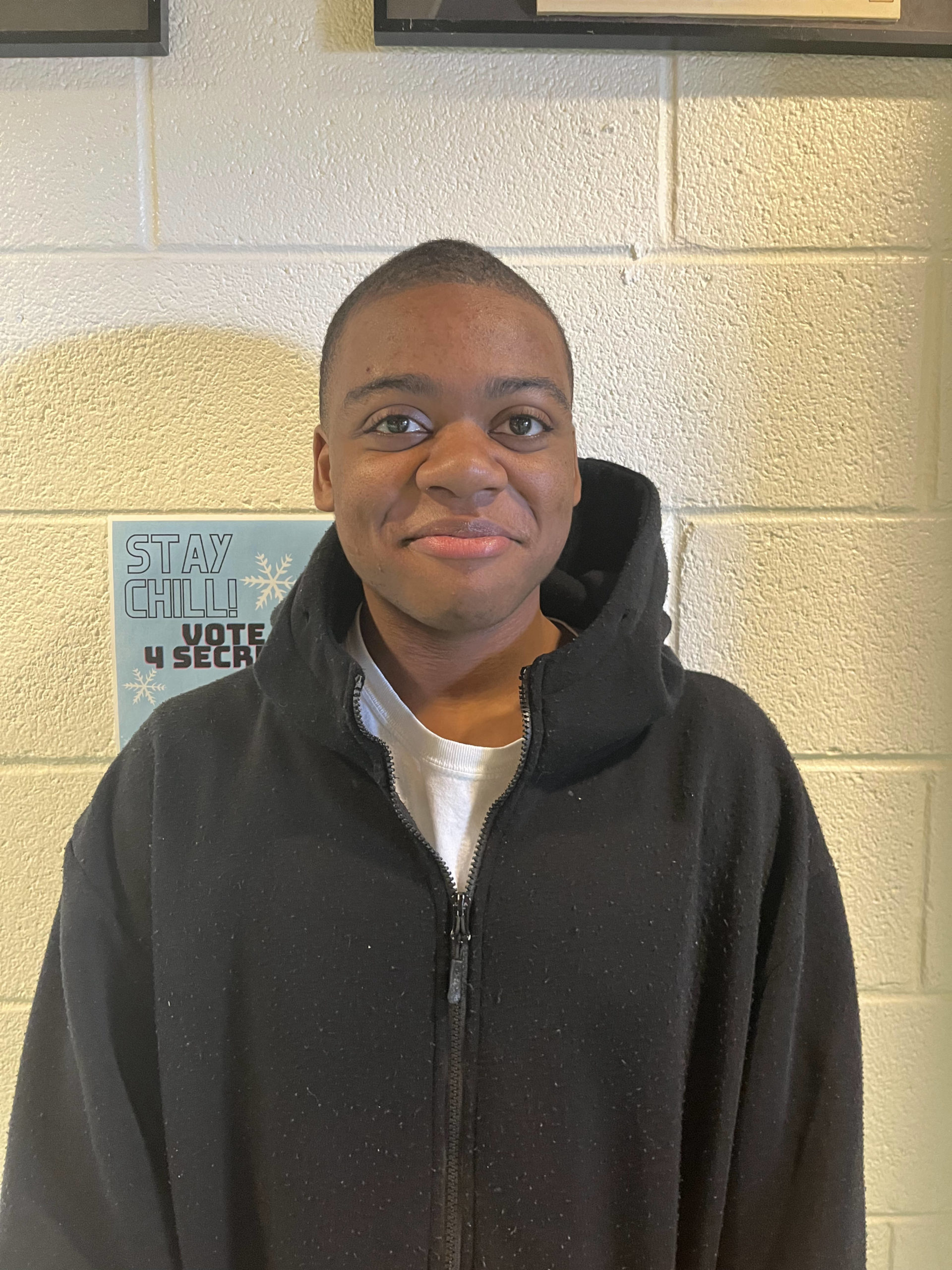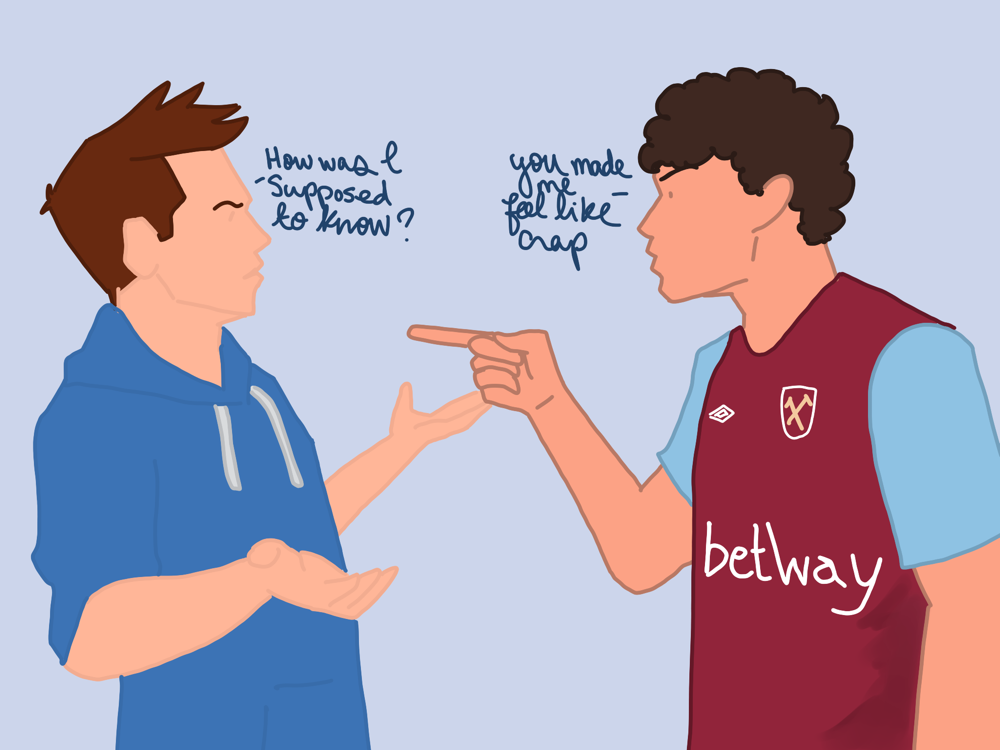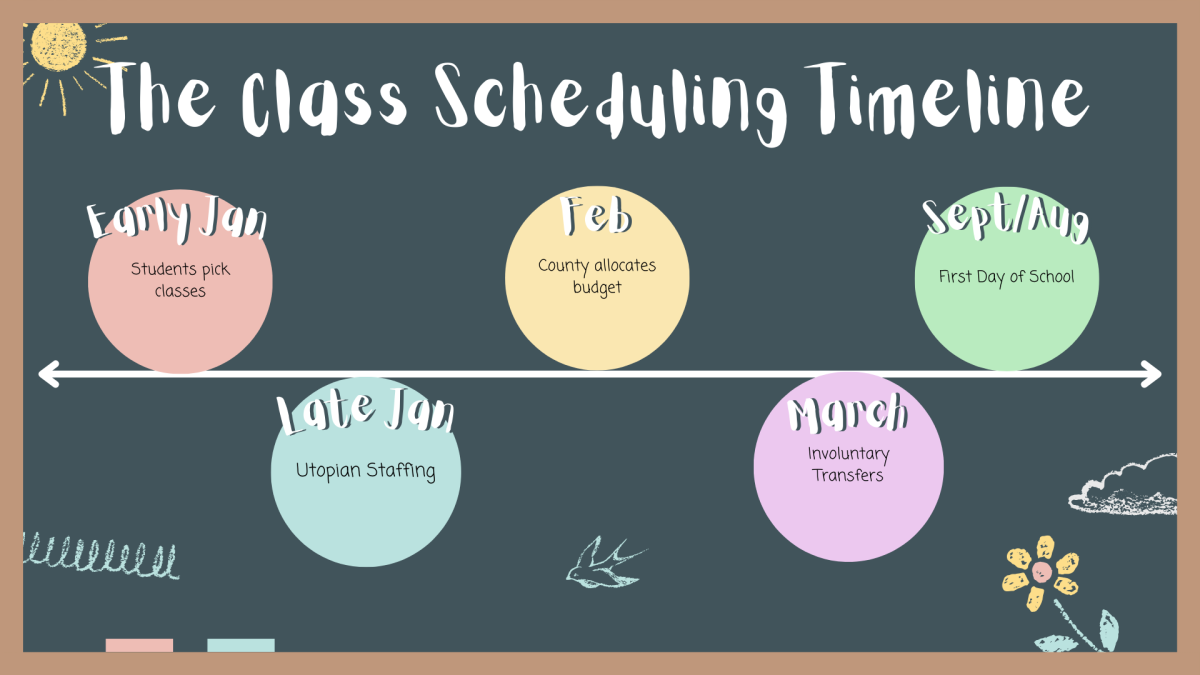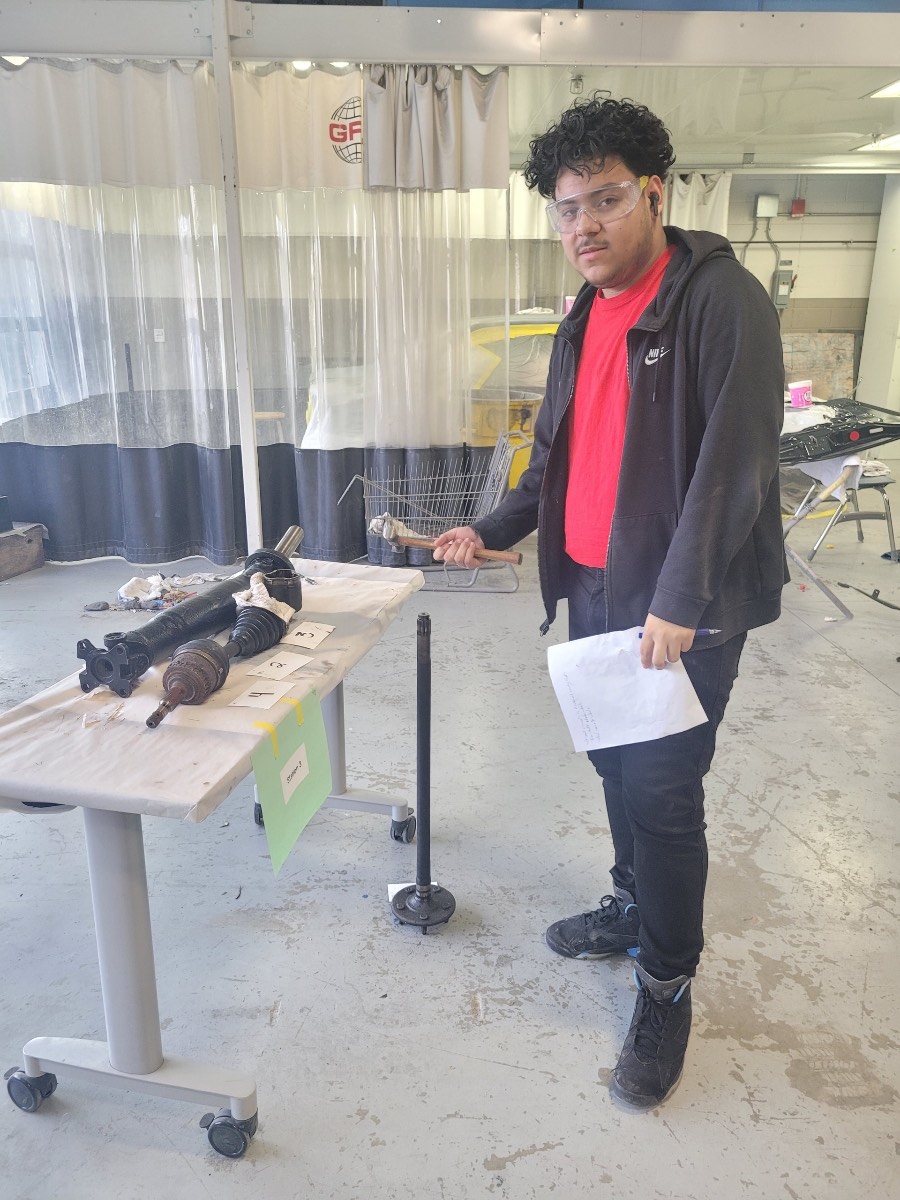Every year students undergo a Signs of Suicide (SOS) lesson in order to inform and educate students on how to spot signs of suicide, how to help and where to get help and to remind students that support is always available, inside the building and out.
The grade levels received these lessons at different times and through different classes, with freshmen taking these lessons via science classes on Feb. 21-22, sophomores via English classes on Feb. 27-28, juniors via social studies classes on March 8-9 and seniors via English classes on March 13-14. During each lesson, counselors entered the class and instructed students using the SOS slideshow.
The overall topics covered included warning signs relating to suicidal thoughts, the differences between sadness and depression, signs and symptoms of depression, healthy coping skills and ways to get help. However, each grade level received lessons that were specific to their age group, meaning the information received was varied.
Students were administered the content instead of regular educational time during their designated classes. Absent students were required to make up the lessons on March 14.






















![Students begin a practice Kahoot for French class. Walter Johnson offers a total of six languages including American Sign Language, Chinese, Italian and more, giving students the opportunity to explore different languages and cultures. “I switched [from Spanish] to Latin freshman year and I love it,” junior Abigial Samuels said.](https://www.wjpitch.com/wp-content/uploads/2024/10/IMG_0976-1200x675.jpg)


























![Senior Tiffany Gibson has dinner with her parents and her nine year old sister. Gibson's family has been her largest source of support throughout her treatment process.
"[My dad] helped me through it. He was the one who’d take me to my doctor’s visits, he was trying to make me try to take my medication on time, even though he’d get angry when I didn’t take it. I had to do blood work, so he would always find out. He would always try to get me to take it and remind me," Gibson said.](https://www.wjpitch.com/wp-content/uploads/2023/03/92iA4Tg7fGWMhmk9DKWf7Q6UQQ4p0LYeBobwwvV7-900x672.jpg)
